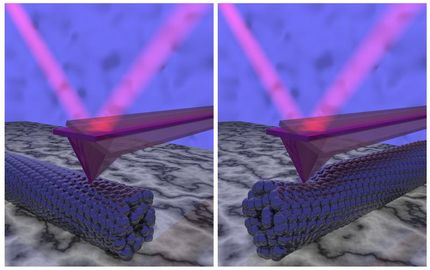New biocidal formulations based on ortho-phenylphenol
Advertisement
For more than 60 years Bayer has been one of the world's leading producers of ortho-phenylphenol (OPP), marketed for numerous applications as a microbicide with a broad spectrum of activity under the tradename Preventol® O extra. With a purity of almost 100 percent the active ingredient is supplied in outstanding color and odor quality. In addition, a broad range of new customized biocidal formulations based on OPP have been developed. OPP is one of a total of eighteen active ingredients that Bayer Chemicals, a division of Bayer AG, has notified under the Biocidal Products Directive (BPD) - indicating the company's long-term commitment to this product. The company produces OPP and numerous OPP-based formulations at its site in Krefeld-Uerdingen in full compliance with the strict environmental, industrial hygiene and occupational safety specifications that apply in Germany. In 2002, to be able to respond to future growth, production capacity was increased by a further 25 percent.
OPP is a classic product that keeps up with the times, containing as it does no adsorbable organic halogen compounds (AOX). It has been registered by Bayer as a biocide all over the world (e.g. with the EPA and FDA and under the BPD) and its toxicological and ecotoxicological properties have been widely investigated. Preventol® O extra is ideal for a large number of applications: it is increasingly replacing biocides such as formaldehyde and their releasers and is an effective alternative to TCMTB and isothiazolinone derivatives in certain applications. OPP is the active ingredient basis for a large number of disinfectants - from heavy-duty applications in hospitals or hygiene in cattle sheds to antiseptics and consumer care products. In addition, it is successfully used for the in-can preservation of glues and adhesives, filler slurries, concrete additives and printing ink thickeners. Last but not least OPP is also an established post-harvest fungicide in the preservation of citrus fruits.
Most read news
Topics
Organizations
Other news from the department research and development

Get the chemical industry in your inbox
By submitting this form you agree that LUMITOS AG will send you the newsletter(s) selected above by email. Your data will not be passed on to third parties. Your data will be stored and processed in accordance with our data protection regulations. LUMITOS may contact you by email for the purpose of advertising or market and opinion surveys. You can revoke your consent at any time without giving reasons to LUMITOS AG, Ernst-Augustin-Str. 2, 12489 Berlin, Germany or by e-mail at revoke@lumitos.com with effect for the future. In addition, each email contains a link to unsubscribe from the corresponding newsletter.


























































